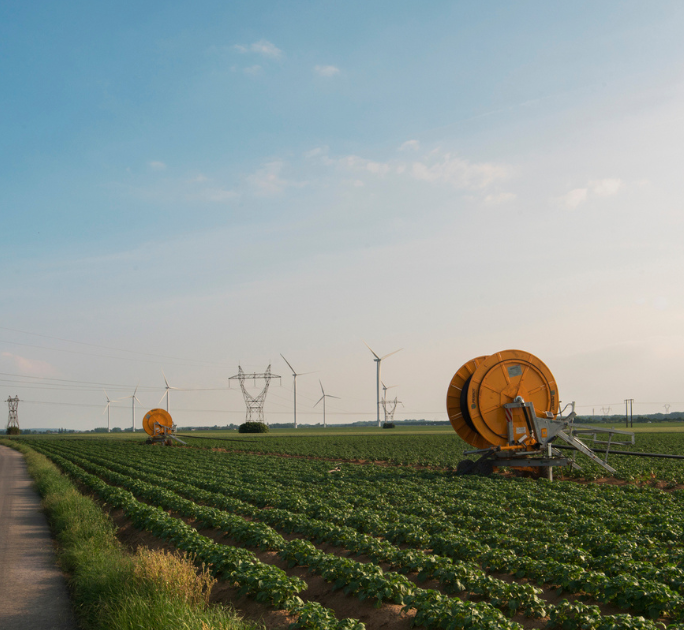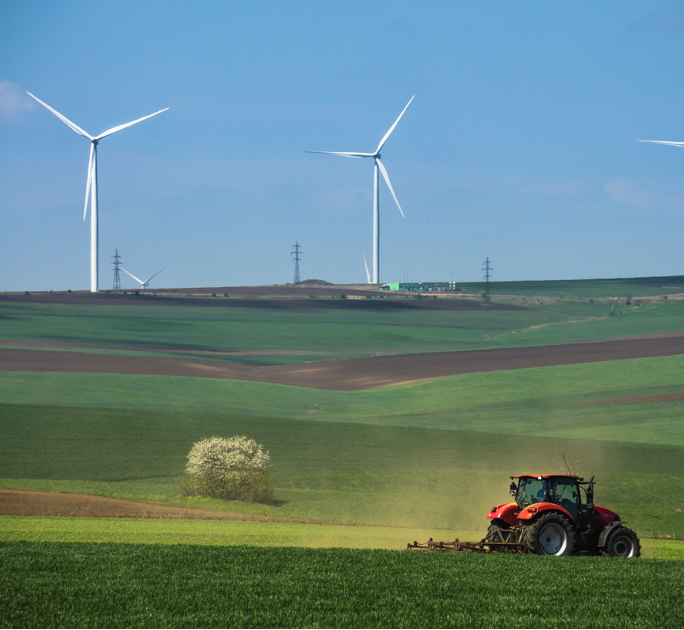Sustainable feedstock the way forward for biofuels

Global energy demand is expected to soar over the next two decades, driven by rising consumption in emerging markets, according to the U.S Energy Information Administration (EIA).
The EIA estimates that global energy demand will grow by 47 per cent1 by 2050 even as the world hits peak oil – the period in which the maximum rate of oil production is reached – sometime in the next decade.
As such, biofuel is quickly becoming the next transition energy source, with the International Energy Agency estimating that global biofuel consumption could rise by 20 per cent2 in the next five years.
Indonesia raised its mandatory biodiesel blending to 35% in 2023 and is also in the midst of increasing bioethanol production.3 Likewise, oil refiners in the United States4 and Brazil5 have been mandated to blend more biofuels into their countries’ fuel mix.
Three factors are behind rising demand: to protect the environment, promote the agriculture industry, and provide energy security. The use of biofuels can reduce carbon emissions by up to 74% and help countries diversify their energy sources. In 2021, the sector also created 2.4 million jobs globally.6
With biofuel set to become a considerable economic and energy contributor worldwide, what are considerations and opportunities in store for the market?
Food vs. Fuel
While the environment largely benefits from biofuels, one chief concern is that it may be a blow to the global food supply as crops make up 90% of biofuel production. The Ukraine conflict, sparking a global food crisis and record prices7, has further sharpened the debate on using crops for fuel.
There are also cost concerns, with biofuel pricier than traditional fossil fuels. In 2022, biodiesel cost almost twice as much as diesel8 while ethanol cost up to 56% more than gasoline9 in the United States and European Union.
But consumers are only willing to pay a minimum premium of 5% to 11% for both fuel types, according to studies from Energy Economics and the Spanish Journal of Agricultural research. Based on this data, government intervention will be necessary to push a business case for biofuels.
Solving the Conundrum
In light of the raging food vs fuel debate, the future of biofuels lies in using Type II biofuels – a type of renewable energy source made using sustainable feedstock that largely comprises of waste material and is unusable for food production. With Type II biofuel also promoting the circular economy, we believe that it will be one of the high-growth segments in the industry.
Used Cooking Oil (UCO) in particular possesses massive potential with its market size expected to surpass US$10 billion by 2028.10 Accounting for 60% of global potential collection, Asia is a key source of UCO. We estimate that the region has significant untapped UCO potential worth US$5.3 billion.
A key user of UCO could be the transport segment, which is embarking on a massive drive to achieve net-zero by 2050. In aviation, harnessing UCO will be critical to attaining this goal as it is one of the most cost-efficient feedstock for Sustainable Aviation Fuel (SAF).
While it may still be pricier than jet fuel, this premium will narrow as production scales up and technology improves.
In land transport, we expect steady growth in global demand for biodiesel – which is primarily used for heavy vehicles. With global income of consumers rising, this will lead to increased demand for goods and boost freight trucking activities.
With the advantages of using Type II biofuels, there will be plenty of attractive opportunities in the collection and sale of sustainable feedstock.
- https://www.spglobal.com/commodityinsights/en/market-insights/latest-news/oil/100621-global-energy-demand-to-grow-47-by-2050-with-oil-still-top-source-us-eia
- https://www.iea.org/reports/renewables-2022/transport-biofuels
- https://setkab.go.id/en/remarks-of-president-of-the-republic-of-indonesia-at-the-launch-of-sugarcane-bioethanol-for-energy-security-program-at-the-factory-of-pt-energi-agro-nusantara-enero-mojokerto-reg/
- https://www.reuters.com/markets/commodities/us-epa-increase-biofuel-blending-mandates-2023-versus-proposal-sources-2023-06-20/
- https://www.spglobal.com/commodityinsights/en/market-insights/latest-news/agriculture/031723-brazil-raises-biodiesel-blending-mandate-to-12-for-2023
- https://www.ilo.org/wcmsp5/groups/public/---dgreports/---dcomm/documents/publication/wcms_856649.pdf
- https://edition.cnn.com/2023/01/15/business/global-food-crisis-davos/index.html
- https://www.iea.org/data-and-statistics/charts/biodiesel-and-diesel-prices-2019-to-april-2022
- https://www.iea.org/data-and-statistics/charts/ethanol-and-gasoline-prices-2019-to-april-2022
- https://www.globenewswire.com/news-release/2023/06/05/2681992/0/en/Used-Cooking-Oil-Market-Size-to-Hit-USD-10-08-Bn-by-2028-With-a-CAGR-of-7-76.html



